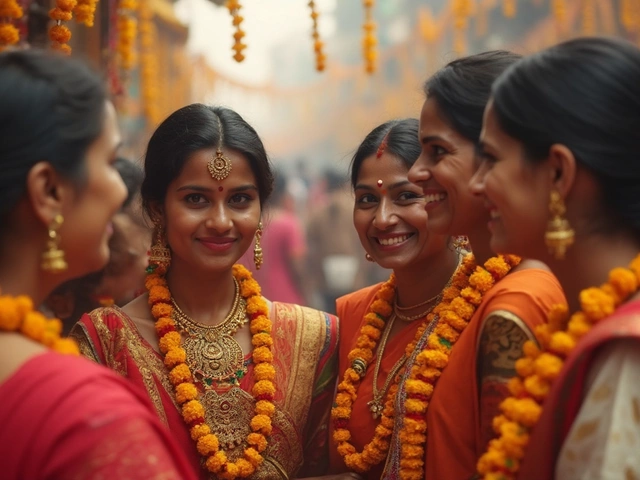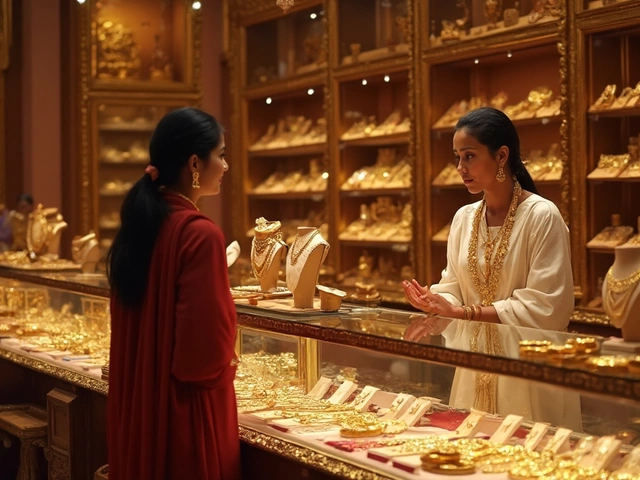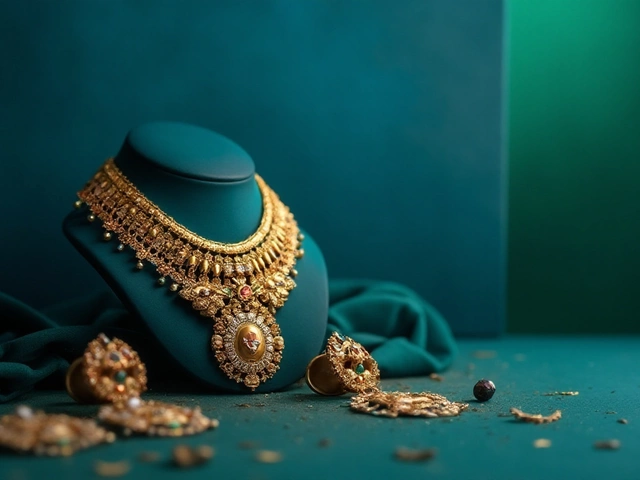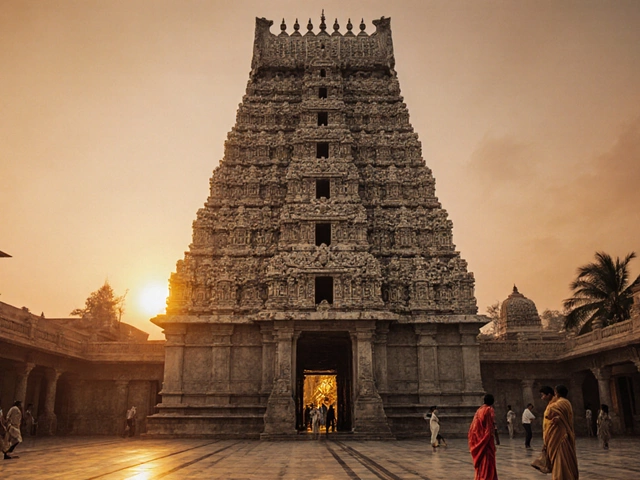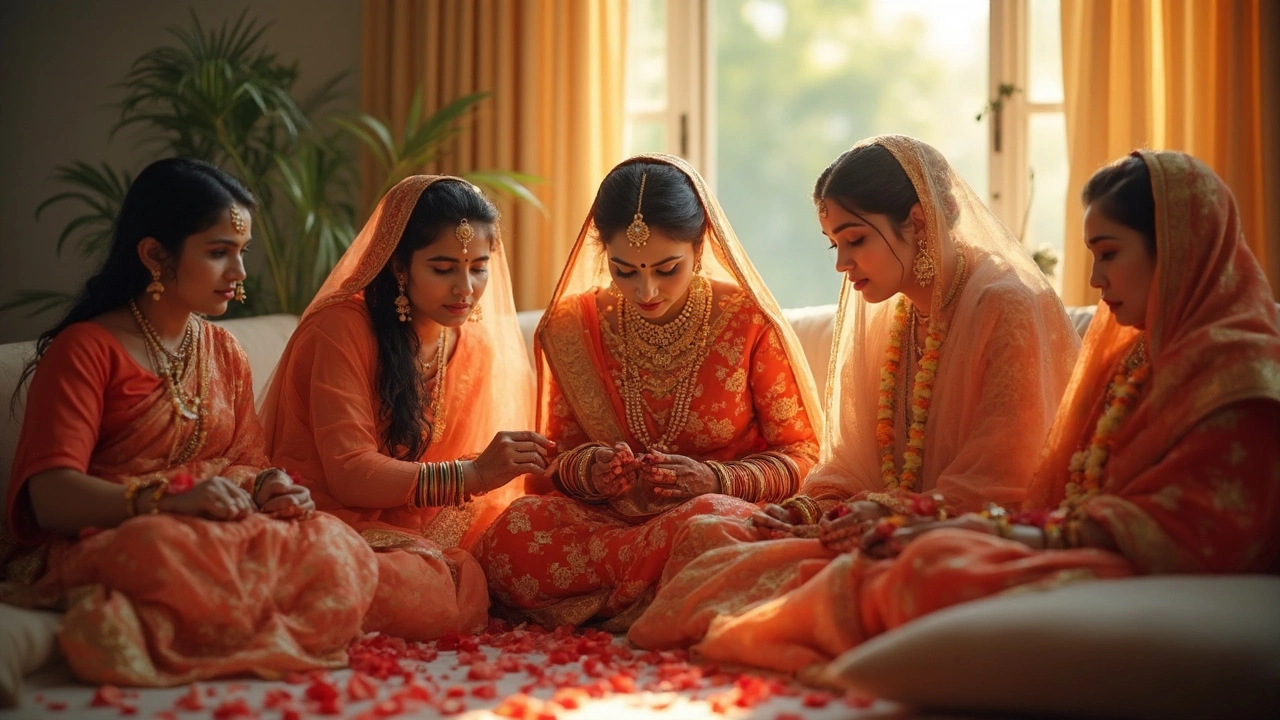
Ever wondered why brides get emotional over those red and ivory bangles? The “choora” isn’t just jewelry—it’s a whole vibe, packed with family, tradition, and tons of unspoken rules. When it comes time to remove it, especially after 40 days, there’s more going on than just a quick slip-off. For most, this step marks the end of the honeymoon phase and a step deeper into married life. So how do you remove choora after 40 days? What traditions matter, and what’s just family preference? Let’s unravel the details, bust some myths, and get down to the practical steps so you can do this right, whether you’re a bride, family member, or just curious about why choora removal is still such a heartfelt ritual today.
What is Choora and Why 40 Days Matter
Choora is more than a bunch of bangles—it's a cultural symbol that runs deep, especially among Punjabi brides. Traditionally, the choora is a stack of red (sometimes pink, white, or maroon) and ivory bangles given by the bride’s maternal uncle and aunt before the wedding. It’s worn as a sign of marriage, joy, and the formation of a new family. Usually, the choora is set on the bride’s wrists during a special 'choora ceremony,' often happening on the wedding morning or a day before, depending on the family.”
Why the 40-day milestone? An old-school belief is that the first 40 days of marriage are significant for setting the tone for the relationship and warding off the 'evil eye.' Initially, a bride might be told not to remove or touch her choora—some even wear it covered to protect it. Around day 40 comes a less-known but widely celebrated tradition: the first choora removal. Not all brides follow this timeline, but for many families, 40 days is the sweet spot—long enough for the ritual to feel meaningful, but practical enough for modern brides who have to work, cook, or just want a break from jingling bangles 24/7.
The length of time a woman keeps the choora on can range from 40 days to a full year, but the 40-day rule is the 'minimum honor period.' Some believe that removing the choora before 40 days brings bad luck, while others say it's fine if necessary. My grandmother used to claim that each bangle has its own blessing; the longer you keep it on, the better.
Here's a quick fact: Nearly 70% of urban Punjabi brides choose the 40-day tradition, while many rural brides still stick to the six months or one-year timeline.
| Bride Location | Average Choora Wearing Period |
|---|---|
| Urban | 40 days to 3 months |
| Rural | 6 months to 12 months |
No matter what, choora is meant to be celebrated, protected, and eventually, removed with respect. It's not just a 'take-them-off' moment—it's a symbolic act, usually done with some ceremony or close family present.
Who Should Remove the Choora and How?
This is where things get interesting because every family swears by their own version of tradition. In classic Punjabi households, the choora is removed by the bride's sister-in-law (bhabhi), her maternal uncle, or sometimes a married woman in the family. The idea is to pass on blessings—sort of like saying, “Welcome to the married women's club.”
There’s a sweet superstition: unmarried girls should not touch the choora unless they want to 'catch the bug' and get married soon themselves. You’ll see giggles, nudges, and family members either eager or wary of taking part. It almost always turns into a mini-ceremony, sometimes with a new red thread tied around the wrist afterward, or the bride's hands being washed in milk for “purity.” Some families read a small prayer or shabad before, and a few play old Punjabi songs to set the mood.
If you want to do this respectfully, keep these practical tips in mind:
- Wash your hands, and ensure the bride's arms are clean and dry—the powder from inside the bangles sticks!
- Ask the bride to relax her arm, thumb tucked in toward her palm. This makes it easier for the bangles to slide off.
- If the choora feels stuck (it happens a lot, thanks to swelling), rub a bit of coconut or baby oil near the wrist before trying again.
- Remove one bangle at a time—don’t rush! Each bangle is fragile, especially the ivory (plastic or bone) ones.
- If there’s a string tied to the choora (which a lot of women wear for safety), untie it first—never break it, as that’s considered unlucky.
- Be gentle and patient—if a bangle cracks, it's not the end of the world, but it’s seen as a sign that a blessing has 'completed its journey.'
If the choora simply won’t budge (I’m telling you, summer humidity is no joke), some brides dip their wrists in cool water for a few minutes, or even use a little bit of soapy water—just make sure the bangles don’t slip and fall.
After the bangles come off, families sometimes save one or two for memory’s sake, or re-gift them to unmarried sisters with a little wink. There’s something beautifully human in this mix of ritual and improvisation.
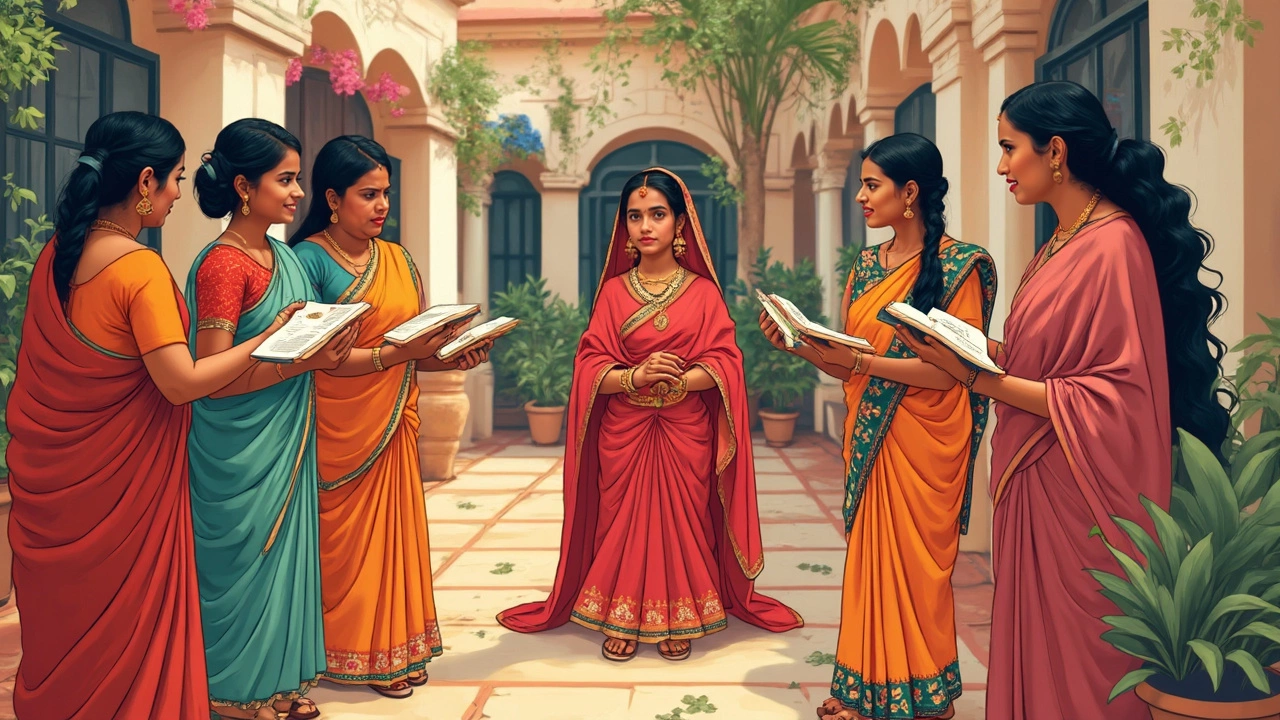
Ceremonies, Superstitions, and What to Avoid
The actual removal is just one piece of the puzzle. In many Punjabi homes, choora removal becomes a celebration—think sweets, snacks, laughter, and sometimes tears. Brides might invite their closest friends, or keep it just to the inner family. Some families insist on capturing the moment with photos, symbolic of closing one chapter and starting another.
Common superstitions run wild around this time. Some say whoever removes the *choora removal* will soon have a big positive change come their way. Others believe burying a broken choora in the garden brings prosperity. My cousin never took hers off at night, out of fear—blame it on those granny tales.
Watch out for these common mistakes:
- Avoid pulling too hard. The choora can crack, scratch, or, in rare cases, really hurt the bride’s skin.
- Don’t remove the choora alone, especially if it’s your first time—always have someone there, both for help and for the ceremonial touch.
- If you’re planning a quiet removal, stay clear of food oils or thick hand creams that can stain the bangles—use lightweight, fragrance-free baby oil or a touch of talcum powder.
- Try not to joke too much about taking it off—it’s an emotional moment for a lot of brides, signifying the end of their newcomer period in the family.
Here’s a fun fact: In some Punjabi regions, it’s customary to gift the bride new glass bangles immediately afterward. It’s a way to keep the “married woman” energy alive, without the heaviness of the full choora set.
If you’re traveling, removing choora at a gurdwara (Sikh temple) for a blessing is surprisingly popular nowadays. That blend of heritage and modern flexibility helps everyone feel connected—and it makes for some meaningful photos!
What to Do After Taking Off the Choora
So, the choora is finally off. Now what? Many brides feel a mix of relief and nostalgia—it’s like saying goodbye to a piece of their wedding story. Traditionally, women don’t just toss the bangles in a drawer. If the family is sentimental (and let’s face it, most are), they’ll clean, wrap, and store the choora for safekeeping or future family moments, like when a younger sister gets married.
Here's how to look after the choora bangles:
- Wipe each bangle with a soft dry cloth to remove any sweat or skin oils.
- Wrap them in clean muslin or silk, not plastic, to allow airflow and prevent sticking (especially in humid climates).
- Store them in a cool, dry place—above wardrobes is classic, but don’t keep them somewhere humid like the bathroom.
- If you’re superstitious, you might want to tuck a sprinkle of rice or a silver coin in the box—said to bring wealth and good spirits.
- Some families return a few bangles to the maternal uncle for safe-keeping or to pass down the line; others let the bride keep them as keepsakes.
Gone are the days where you’d never see your choora again. Plenty of brides slip theirs on for anniversaries, sibling weddings, or even just to feel that touch of memory. It becomes less about superstition and more of a family heirloom—a tangible reminder of a new start.
Every year, trends shift a bit. In 2025, more brides are doing mixed sets—starting with the full red and ivory, but replacing a few bangles with gold, silver, or colored glass after the removal. It keeps things fresh and allows them to honor tradition while moving on with their style.
The real secret? Removing the choora after 40 days is as much about embracing change as it is about tradition. Do it your way, stay gentle, and remember—whatever style of choora you had, or how long you wore it, that moment when it comes off is your own symbolic milestone. If you keep even one bangle as a reminder, you’ll always have a piece of that new beginning tucked away.

